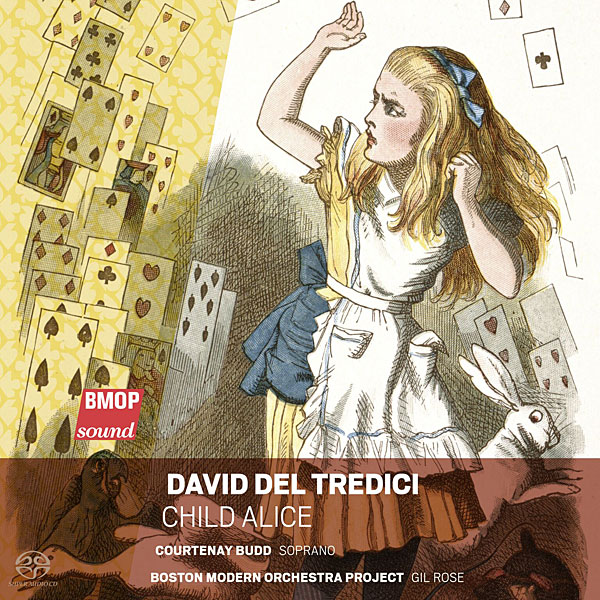| Columns Retired Columns & Blogs |
I agree they should include at least a 1 year (and seriously, for this kind of money, lifetime subscription - it's only $500 retail) since the box won't work without Roon. I'm sure they could get it cheaper than retail and fold it in to the price if their margins are so slim.
The other problem with this approach (which would disqualify it were I in the market for this sort of thing) is that you're buying a $14k (w/ tax) piece of equipment that requires software from a third party to operate. When buying high end audio you're always gambling that the company will stay in business and support the thing, but now you've got to hope *two* separate companies stay in business and support their things (just because a company is still around doesn't mean they support all of their products).








































